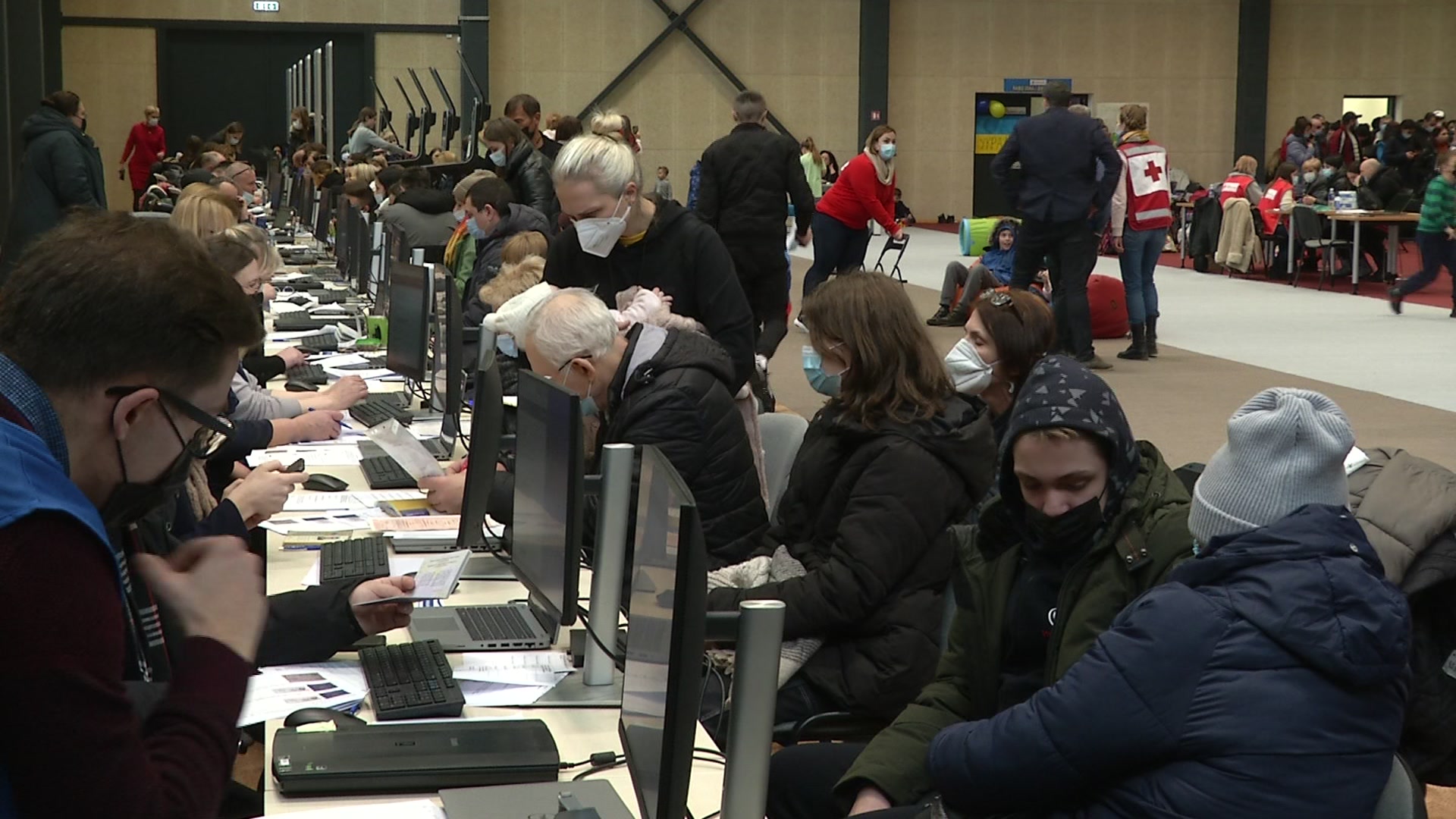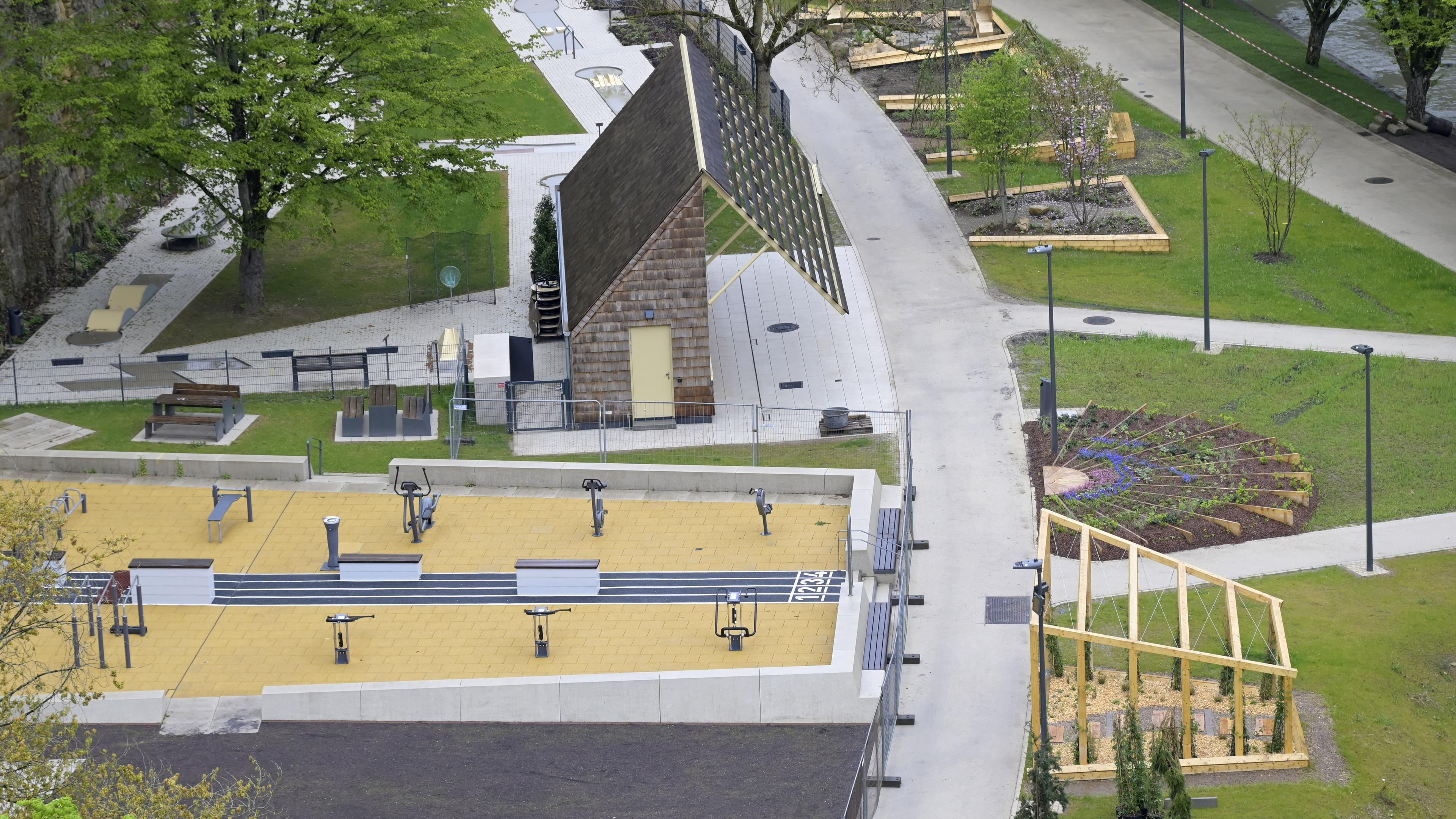The quick tests of the future are biodegradable – Diepresse.com

These devices should communicate with our body, explains Serpil Tekoglu from the University of Linz. Material made of nano cellulose is well tolerated and can demonstrate various biomarkers. In the end, cellulose rots on the compost. The invention was recognized internationally.
How we do research is called bioelectronics, that is, the combination of biology and electronics, ”says Serpil Tekoglu from the Institute for Physical Chemistry (Ipc) the JKU Linz. She smiles at the explanation and points out how badly organic and electrics go together: « If your cell phone falls into the water, it is probably broken. Electronics usually don’t like to come into contact with water. » The biology, on the other hand, is based on water and liquids. The team of University of Linz Find creative solutions on how to reliably design electrical devices in a liquid environment.
»In terms of accuracy, the tests we planned are on the same way with a PCR result. But the evaluation is faster. »
Serpil Tekoglu,
Institute for Physical Chemistry at the University of Linz
« /> Serpil Tekoglu from the Institute for Physical Chemistry (IPC) of the JKU Linz. Erkan Kadir
One of the goals are sensors for body fluids such as blood or saliva that indicate whether there are certain biomarkers in it or not. This can be viruses such as covid pathogens, bacteria such as a streptococcal infection or any antibodies that provide information on allergies or diseases in the body.
Wonderful from nature
The researchers use a material called nano cellulose that is considered a new miracle material because it has numerous advantages over conventional material. First, the raw material cellulose is the most common in nature polymer, i.e. a long molecule that is composed of many individual components. « We get this substance in the form of crystals that our partners around Alessandra Operamolla at the University of Pisa produce from plant material. The particles are smaller than 500 nanometers, » says Tekoglu, who has lived in Linz since 2019 and has researched in Izmir (Turkey), Milan (Italy) and Karlsruhe (Germany) before.
Many know polymers as plastics such as polyethylene foils, PET bottles or the most frequently used polypropylene, which is simply referred to as « plastic ». But polymers are also very diverse as natural substances: as I said, the cell wall of plants consists of cellulose, and our genetic material, the DNA, is also a polymer that is built up from small individual pieces like a pearl chain. « In addition to the aspect that cellulose is a more common substance in nature, we have the second advantage that it is naturally degradable, » says Tekoglu. So far, quick tests that display diseases or biomarkers are mainly made of synthetic plastics that do not belong in organic waste. But the new medical tests should be compostable (if possible from hygiene).
Adaptable like Lego modules
« And as a third advantage, our development in the function is flexible: depending on your wishes, you can search exactly the molecules that are important, » explains Tekoglu. This adaptable functionality results from the construction of the biosensors. At one point of the sensor meal, as with a LEGO set, you can put what you need: for covid detection a structure of the virus antibody, for bacteria a piece of the cell surface for docking or for cancer markers the exact fit of the tumor structures you are looking for.
« This works via conductive polymers that display on and off as a switch, » says Tekoglu. If a certain biomarker binds to the sensor, it changes the local environment of the ions, which leads to measurable changes to the electrical current.
Less complex than PCR tests
The evaluation of such rapid tests would not be as easy with their own measuring devices as the nose smears from the Corona time, but much less complex than the PCR tests, which are all remembered. « In terms of accuracy, the tests we planned are with a PCR result. But the evaluation goes very quickly in a few minutes with small measuring devices that could be in an ordination or a health center, » says Tekoglu.
“We have electrical conductivity with ionic conductivity (biological current flow, note.) Combined in a material. This is really new, ”the researcher describes the invention, which it is also on the cover of the Journal of Materials Chemistry has done. Tekoglu was also nominated this year by the British Royal Society of Chemistry as one of the “women in materials science 2025” and received the award on international women’s day, March 8.






:format(webp)/s3/static.nrc.nl/wp-content/uploads/2025/05/22214607/web-2205BUIbill_vandaag2.jpg)
